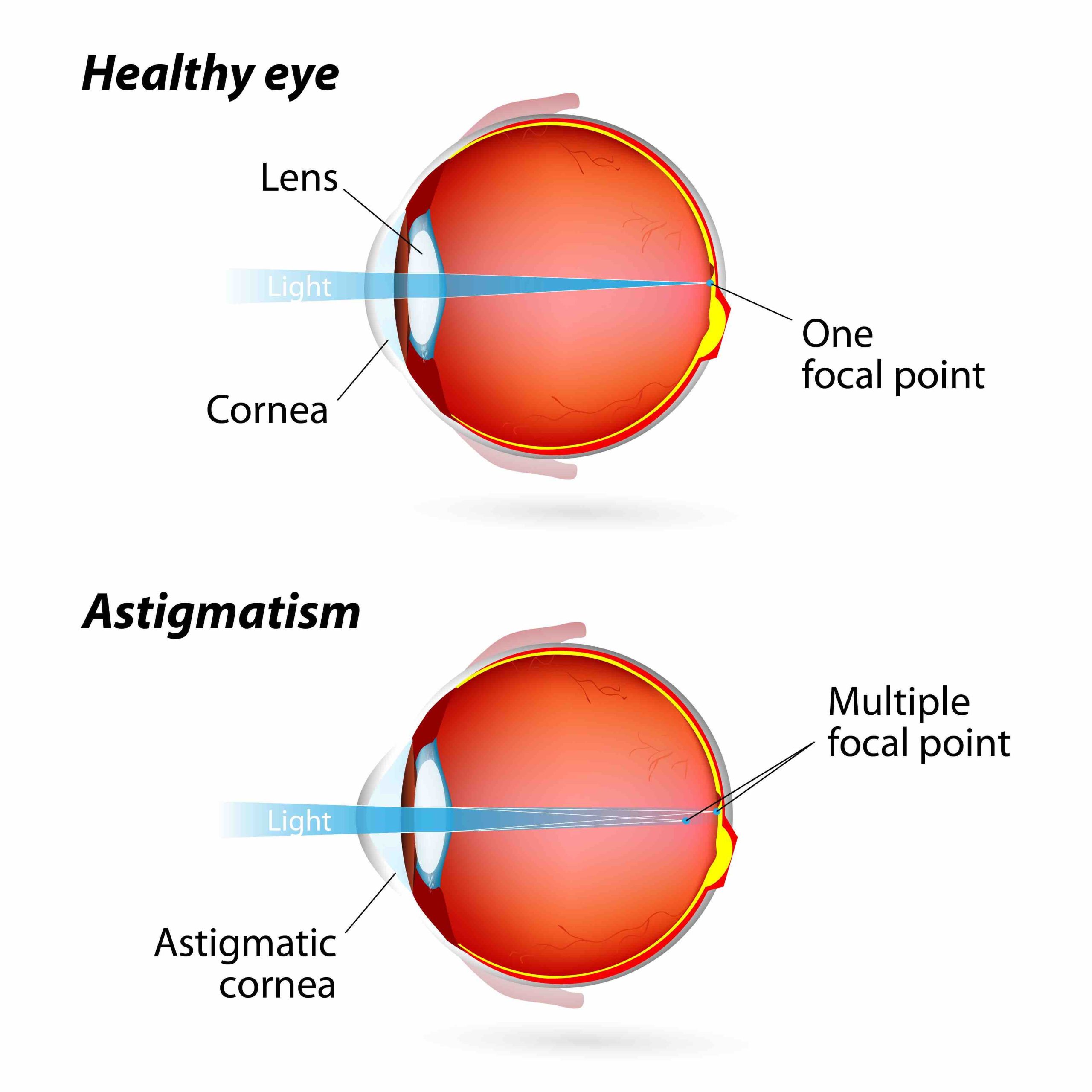What’s the Difference Between Soft and Hard Contact Lenses?

If you wear glasses but are looking to make the switch to contact lenses, you may have wondered if soft or hard contacts are right for you. Maybe you enjoy sports or outdoor activities that make wearing glasses difficult. Or you’re just tired of misplacing or breaking your glasses. Whatever the reason, there are advantages to both type of contact lenses, and depending on your lifestyle and preference both can be a great solution for clearer vision.
Soft contact lenses are the most popular choice when it comes to deciding on contact lenses. Generally made of a flexible plastic, soft contacts are more comfortable than hard lenses but can be more fragile. With a variety of options for extended or daily wear lenses, soft contacts give you more control over how often you can change out your lenses. Other advantages of soft contacts include:
- Offer disposable lenses in daily, weekly, or monthly versions
- Stay in place on the eye better
- Easier to adjust
- Correct nearsightedness, farsightedness, and astigmatism
- Great for active lifestyles
Hard contact lenses are a rigid lens that is made of a gas-permeable material to allow oxygen to pass through and reach the eyes. The two main types of hard lenses are conventional hard lenses (PMMA) and rigid gas-permeable lenses (RGP). Hard contacts are generally used to correct refractive errors on the eye, including astigmatism, and can help slow down the development of nearsightedness in young and adult wearers. Other advantages of hard contacts include:
- Relatively inexpensive compared to soft lenses
- Offer crisp vision
- Durable and long-lasting
- Retain their shape
- Available as multifocal and bifocal
If you’re tired of hiding behind bulky glasses and want to learn more about the various types of contact lenses available, Contact SightMD to schedule an appointment today. We have over 60 convenient locations throughout New York, New Jersey, Connecticut and Pennsylvania.

